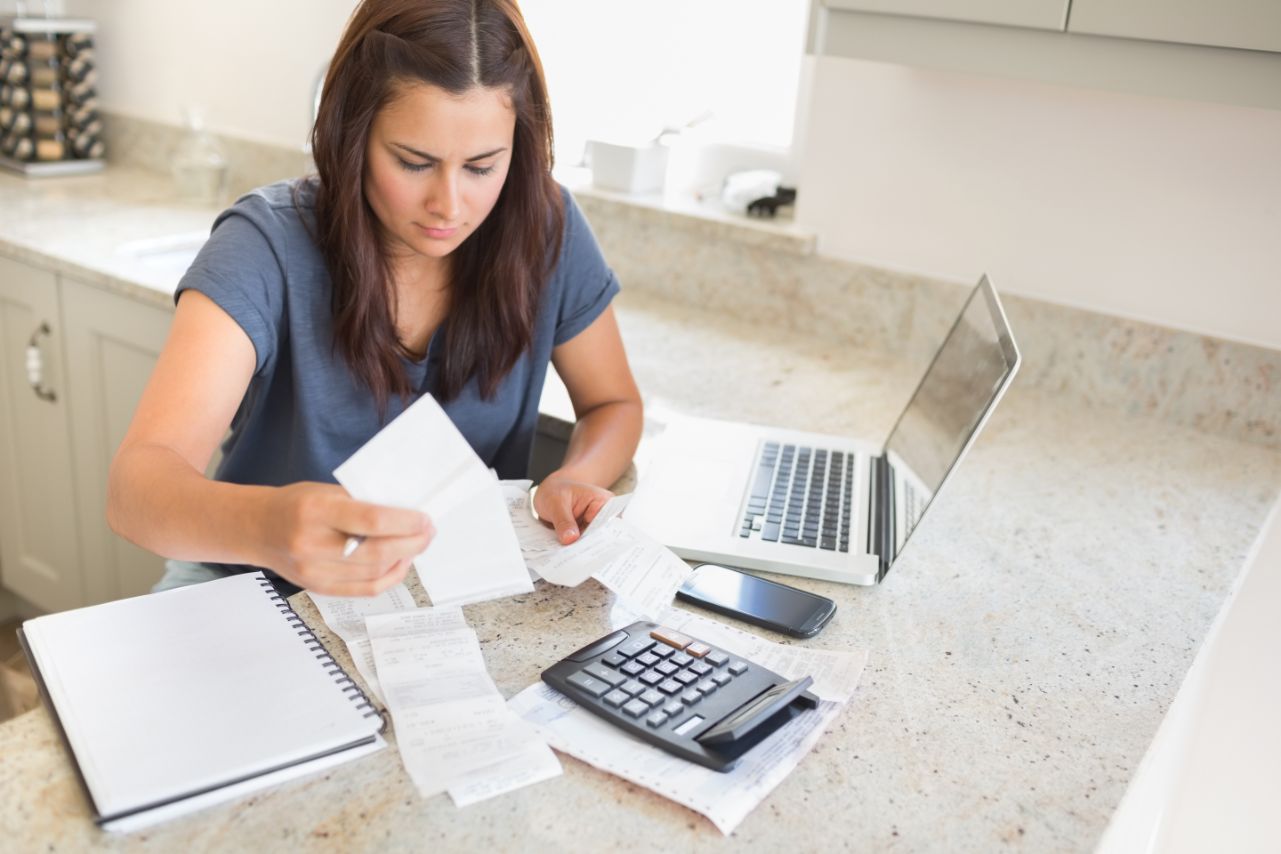How to Reduce Your Credit Card Debt in 2021
by Kevin Sun
Now that 2020 is finally behind us, we all hope that a better new year will come for the world and for ourselves. If one of your goals for 2021 is to improve your finances, then eliminating or reducing your credit card debt is one of the best ways to succeed. Here are some key steps that you can take by yourself to cut down on your debt:
Get Dirty With Your Credit Card Debt
 We’ve all been guilty of hiding our spending behind plastic cards. Yet just as dirty dishes in the sink won’t clean themselves, the debt we build up isn’t going to pay itself off. And just as bacteria grows on dirty dishes, debt left ignored will only become bigger and bigger.
We’ve all been guilty of hiding our spending behind plastic cards. Yet just as dirty dishes in the sink won’t clean themselves, the debt we build up isn’t going to pay itself off. And just as bacteria grows on dirty dishes, debt left ignored will only become bigger and bigger.
All this is to say that you’ll have to roll up your sleeves and be ready to get hands on to really know where your credit card debt comes from. Gather monthly statements for every card you have and carefully review each line to see exactly what you’re spending your money on. Maybe you’ll find some easy ways to save money, like take-out splurges or unneeded subscriptions.
It’s important to keep up with at least your minimum payments and maybe you’ll discover that you could pay the minimum on one card if you paid a little less on another. Once you know the hard numbers on what you spend, what you owe, and what you’ll have to pay back, you can start making a plan to get back on track.
Tips to Use a Credit Card but Not End Up in Debt
Make Your Goal S.M.A.R.T.
The key to any plan is its goal, but setting the right one is tricky. If it’s too vague, then you won’t be motivated; If it’s too ambitious, then you’ll feel discouraged when progress doesn’t meet expectations. The best goals are Specific, Measurable, Attainable, Realistic, and Timely.
What makes a goal S.M.A.R.T. will be different for everyone, but an example could be Paying Off $1000 of Credit Card Debt in 12 Months. This goal is specific (pay off $1000 in credit card debt) and timely (finish in 12 months). You can measure it by breaking that $1000 down into $83.34 a month or $2.74 a day. Saving 3 bucks a day doesn’t sound too bad, right? If that’s within your reach and you have an action plan to achieve it, then you know it’s an attainable and realistic goal. If that’s too hard or too easy, then just change the number to fit your situation.
Start the Avalanche or Roll a Snowball
If you’ve got multiple credit cards that are all running a balance, you might be wondering which one to pay off first. Remember that your top priority is always to make the minimum payments on every card. As for where extra money should go after that, the Avalanche and Snowball Methods are 2 popular options. Here’s how they work:
1. Pay Off the Credit Card With the Highest Interest Rate First
The higher a card’s interest rate, the more you have to keep paying when you owe debt on it. Therefore, if you make payments to higher interest rate cards first, you’ll save more money in the long run. That saved money can then be used to pay off more debt, causing a repayment avalanche that will fast-track your path to becoming debt-free.
How to Pay Off Your Debt Faster & Save Money
2. Pay Off the Credit Card With the Smallest Balance First
If the debts you owe are smaller, then you can quickly pay them off one after another. If you’ve got so many credit cards that you’re having trouble keeping track of them all, knocking some off right away can give you an encouraging sense of relief and progress. The more debts you pay off, the bigger your repayment snowball gets, until you’ve finally rolled up the last of your debt and can say goodbye to those worries.
Although math slightly favours the avalanche, the snowball’s motivating power can’t be underestimated. In the end, it doesn’t matter what method you choose so long as you follow through with reducing your credit card debt. If you’re still not sure, then start with the snowball until you feel confident enough to switch to the avalanche.
12 Effective Ways to Get Out of Debt
Get Help to Reduce Your Credit Card Debt with Credit Counselling
Knowing how to reduce your credit card debt by yourself is an important skill, but that doesn’t mean you’re alone. If you would like extra support or advice about your unique situation that doesn’t cost anything, then book a confidential appointment with a non-profit credit counselling organization. A professional counsellor will be happy to help you find the best ways to reach the debt-free life you want!
